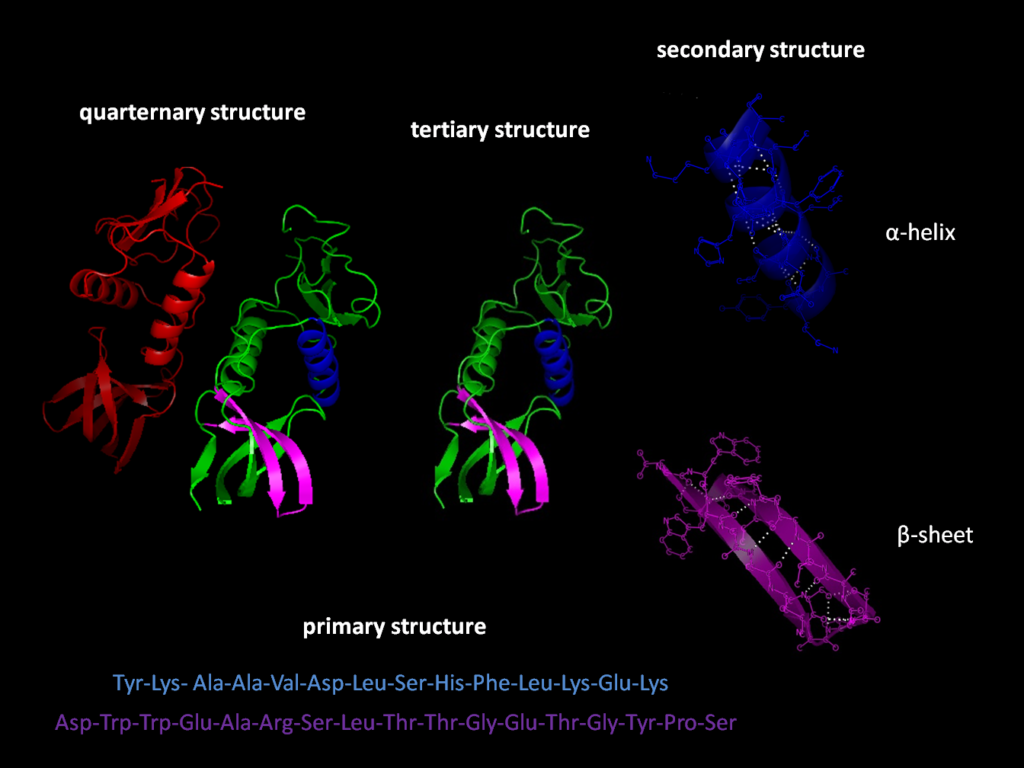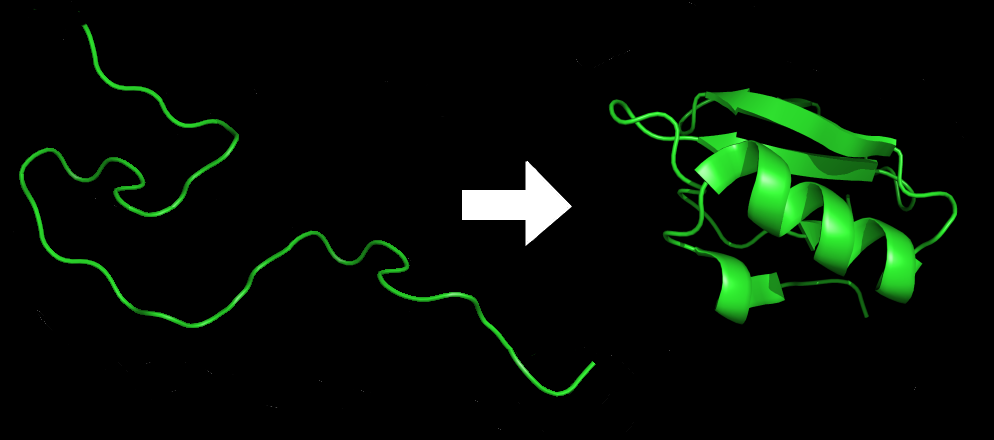SoSCC provided support for the upcoming August 8, 2021 BBC Proms commission to Augusta Read Thomas (“Gusty”) for her new work entitled “Dance Foldings (for orchestra).” The world premiere by the BBC National Orchestra of Wales will be ih the Royal Albert Hall in London, UK. The piece captures the process of protein synthesis (primary structure) and protein folding (secondary, tertiary, and quaternary structure). Important to our current emergence from the COVID-19 pandemic, Dance Foldings takes inspiration from the often frenzied biological ‘ballet’ of proteins that occurs when a messenger RNA vaccine initiates synthesis of the spike protein, which must then fold to the final folded structure. The folded spike protein then stimulates the antigenic response, producing antibodies to protect the human body to fight off subsequent viral challenges. (Click for a fascinating article by Megan Scudellari on the delta virus variant and brilliant animation of SARS-CoV2 virus particle by University of Utah’s Janet Iwasa.)

Coincidentally, the composing and premiere of Dance Foldings occurs in the same year as the 50th anniversary of the Protein Data Bank. The PDB has supported and transformed structural biology and structure-based drug design since its founding in 1971. PDB co-founder Helen M. Berman noted that PDB has provided three-dimensional coordinates of biological molecules for research and drug discovery: “Indeed, the current public health crisis caused by the SARS-CoV-2 virus highlights the critical importance of structural biology”. In May 2021, the number of stored structures exceeds 170,000, representing many different protein folds.
In another coincidence, the July 2021 Scientific American featured an article entitled “Life, New and Improved”, describing how scientists have learned to created artificial proteins that will revolutionize biology and medicine. The story features Lexi Walls, David Veesler, and Brooke Fiala’s custom-crafted protein nanoparticles that constitute a new COVID inoculation. The team obtained folded proteins from the Institute for Protein Design, founded by structural biologist David Baker of the University of Washington. Baker’s group had previously created a Rosetta Stone for incorporating basic rules for secondary structures of small peptides to create a structure-predicting computer program called, not surprisingly, “Rosetta.” The Critical Assessment of Structure Prediction contest, or CASP, was started in 1994 to “solve” the protein folding problem. The scientific world was rocked by DeepMind in 2020 that scored 92/100 for virtually all proteins. Protein folds can now be computationally predicted with a high degree of certainty. This deserves a musical celebration, and Gusty’s piece Dance Foldings, premiering August 8, 2021, provides exactly this celebration!
Excerpted from the BBC Proms program notes:
The natural world, as explored by scientists, engineers, and physicians in their laboratories and clinics, offers a wealth of opportunities to explore resonance and balance through sound. Few orchestral works attempt to capture the kinetic and emotional content of scientific topics and convey these concepts through abstract, rather than descriptive, music.
The musical materials of DANCE FOLDINGS for orchestra take as their starting point the metaphors, pairings, counterpoints, foldings, forms, and images inspired by the biological “ballet” of proteins being assembled and folded in our bodies. Proteins are made in cells by linking together amino acids one at a time to make a linear chain, i.e., the primary structure, or unfolded protein, which is akin to a wiggling chain of beads. This chain gradually self-organizes into nicely lined up shorter strands of beads nestled next to each other, with a few strands and loops crossing over in three dimensions. Protein folding is essential, and form dictates function. Proteins have primary, secondary, tertiary, and quaternary structures, and this process naturally falls into four musical possibilities with distinctive materials, sonorities, rhythms, counterpoint, and inner-life. .
DANCE FOLDINGS is an example of the many synergies between science (nature) and music. Thomas previously composed HELIX SPIRALS for string quartet to commemorate the Meselson-Stahl DNA replication discovery of 1958. Since DNA is the blueprint for making the proteins of any organism, protein construction, folding and animation is a natural next project for Thomas.

